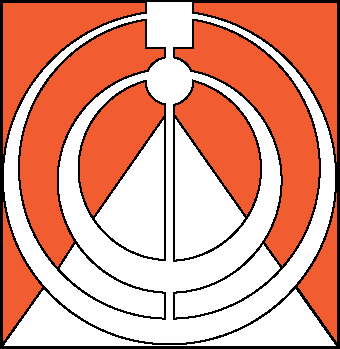A Curriculum by the Teachers, for the Teachers
Monday, August 8, 2016
One of my neighbors has a T-shirt that says, “Those who can, teach. Those who can't, pass laws about teaching.â€
Lawmakers aren't the only ones who spend a lot of time telling teachers what to do. Plenty of people who haven't set foot in a classroom since high school feel qualified to share their opinions on what's right, wrong or indifferent about American education.
The Michigan Science Teaching and Assessment Reform Project (Mi-STAR) is different, and that's one thing that makes it so good, says Hancock High School's Katelyn Sutton. “Having Mi-STAR be developed by teachers is crucial,†says the physics teacher. “Any expert can talk about their field, but most of those experts can't teach effectively, and most textbooks are written by those experts.
“But Mi-STAR is by teachers, for teachers,†she says. “As a teacher, I'd ask myself, ‘Why should I try Mi-STAR?' And the main answer would be because it's developed by a team that includes teachers.â€
The fact that Michigan Tech is driving Mi-STAR also makes school districts sit up and take notice. “It's huge that it's coming from a university,†Sutton said. “That shows the high schools that higher ed cares about overhauling K-12 science education.â€
Colleges are looking for students with critical thinking skills, and that's what Mi-STAR is all about. “University teachers let students look at their notes, because they care more about how students use knowledge than about regurgitating facts,†Sutton said.
Sutton was recruited to Mi-STAR because, as a high school teacher, she knows what middle school students will need to succeed in high school chemistry and physics. Now she hopes to try Mi-STAR in her own classes one of these days. “I'm kind of jealous,†she admits.
There's a reason Mi-STAR is beginning with middle school, says Doug Oppliger, a Mi-STAR leader and a faculty member in Michigan Tech's College of Engineering. “High school is too late—if you don't get them interested by middle school, you've lost them,†he said. “Middle school is the first place that students have a daily, dedicated science class, so it's where we have the most impact.â€
This summer, the Mi-STAR team members will be fleshing out lesson plans for several units. The aim is to pilot them in the fall and make them available to all Michigan school districts in 2017.
By all accounts, middle school science teachers are ready.
“Among my peers, Mi-STAR is the buzzword,†says Sutton. “It's the next big thing.â€
GET Mi-STAR NEWS BY E-MAIL!
Copyright © 2025 Mi-STAR
Mi-STAR was founded in 2015 through generous support provided by the Herbert H. and Grace A. Dow Foundation. Mi-STAR has also received substantial support from the National Science Foundation, the MiSTEM Advisory Council through the Michigan Department of Education, and Michigan Technological University.



















